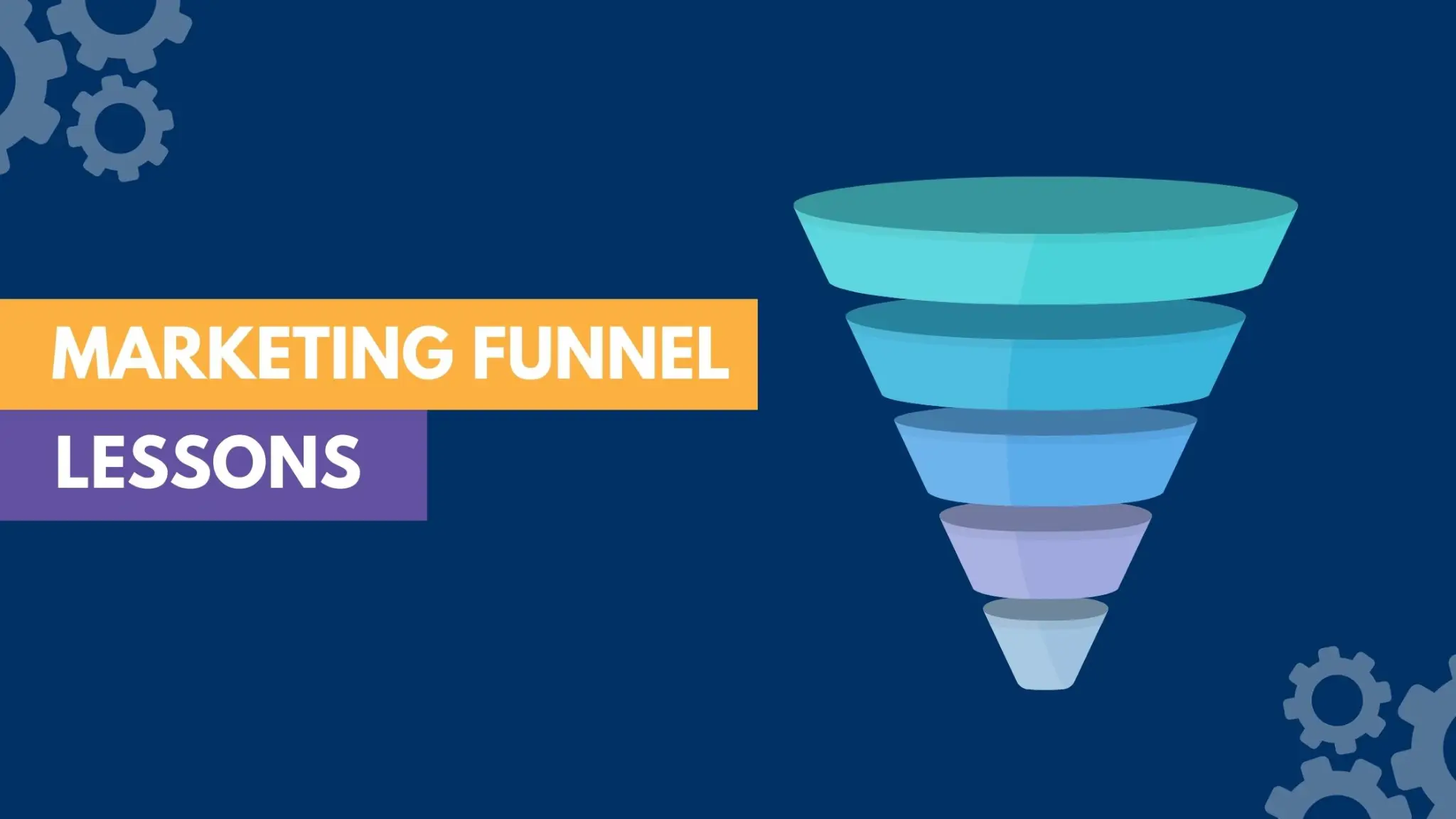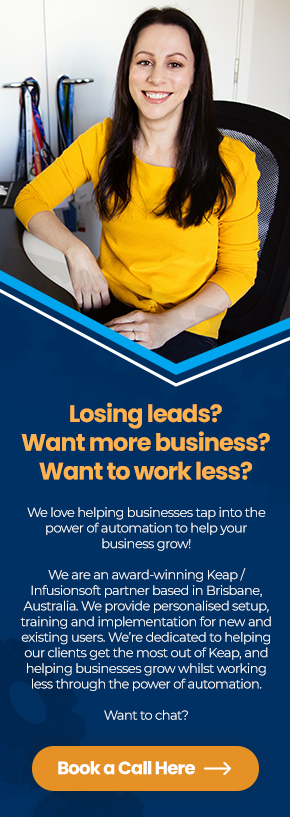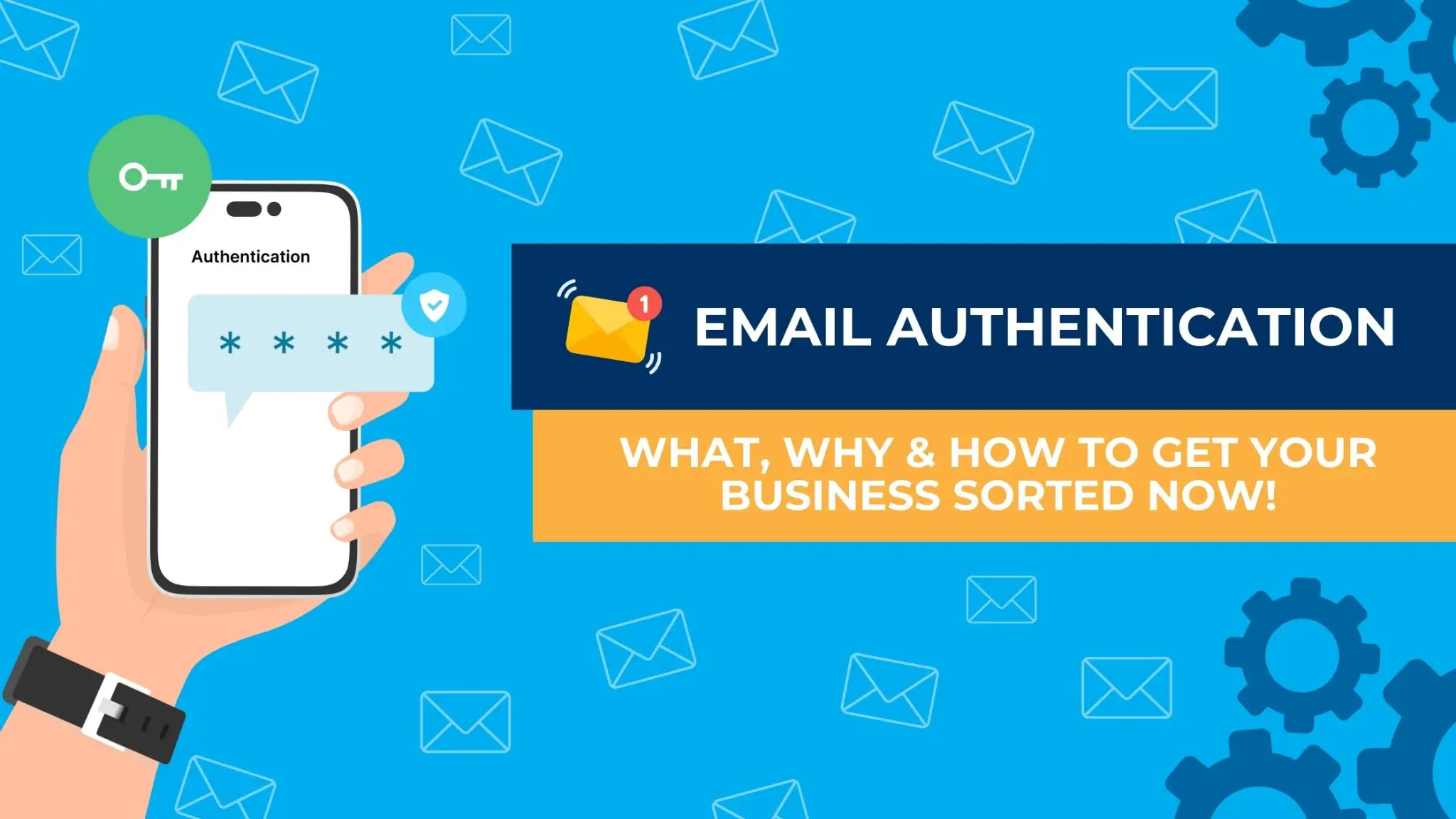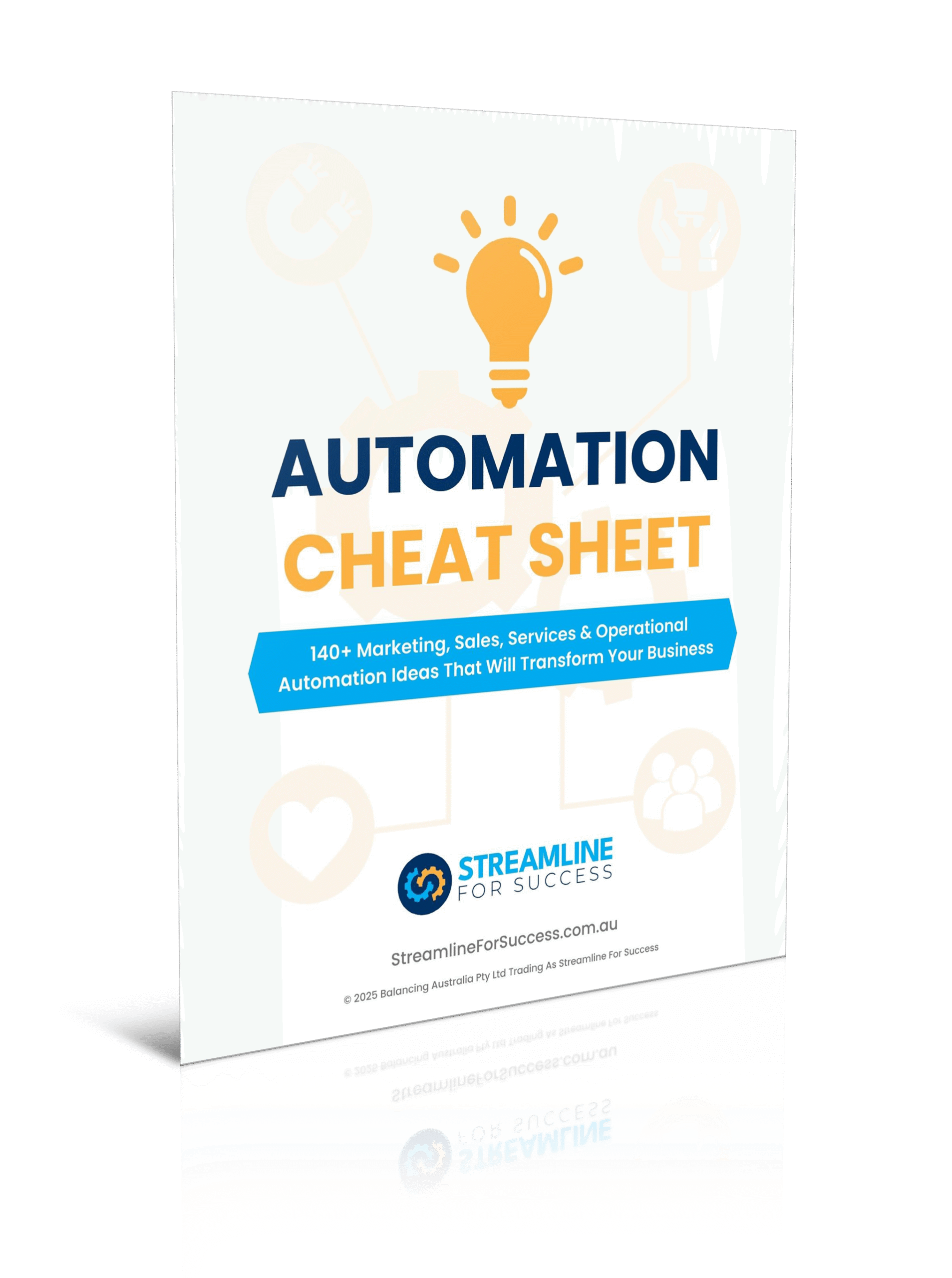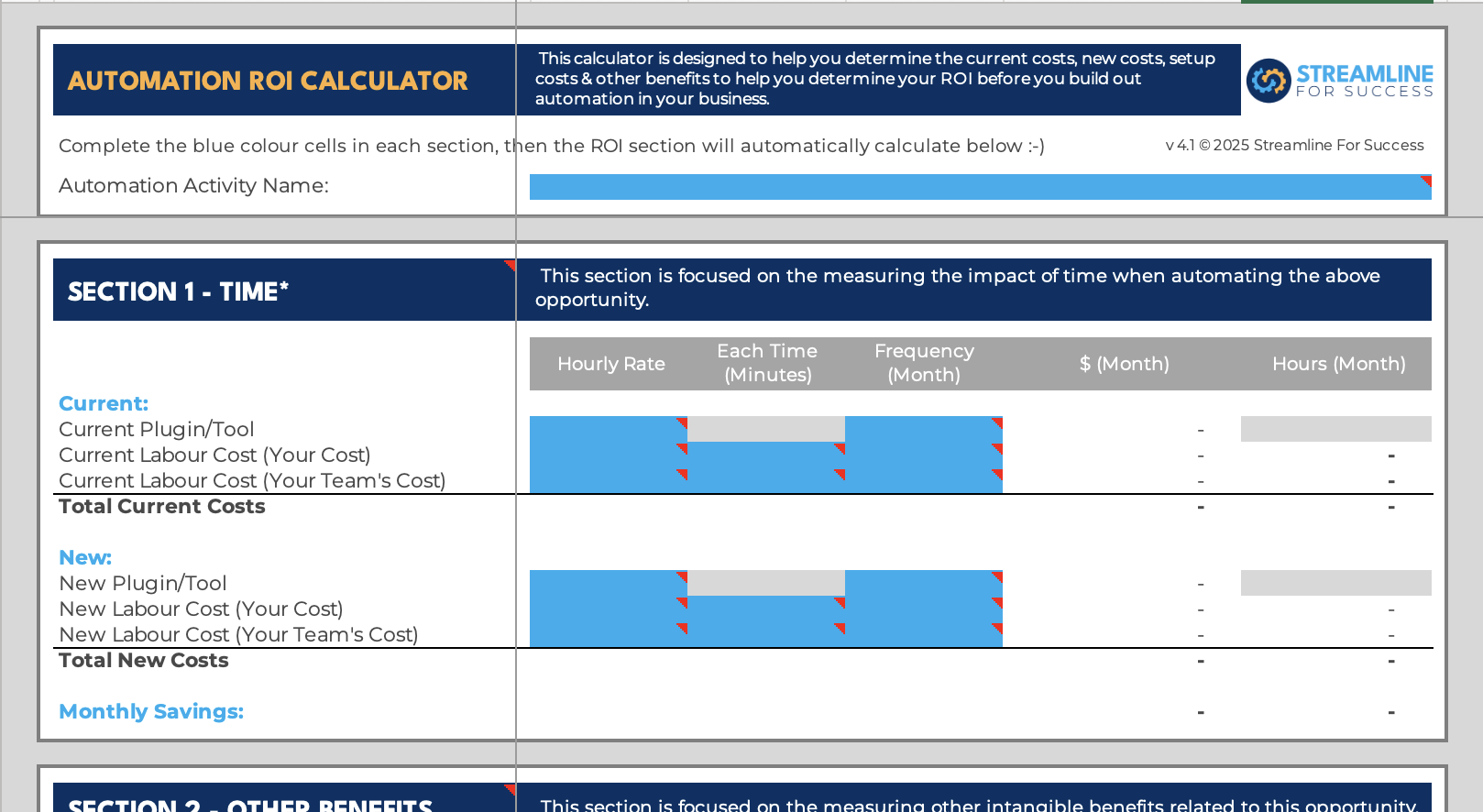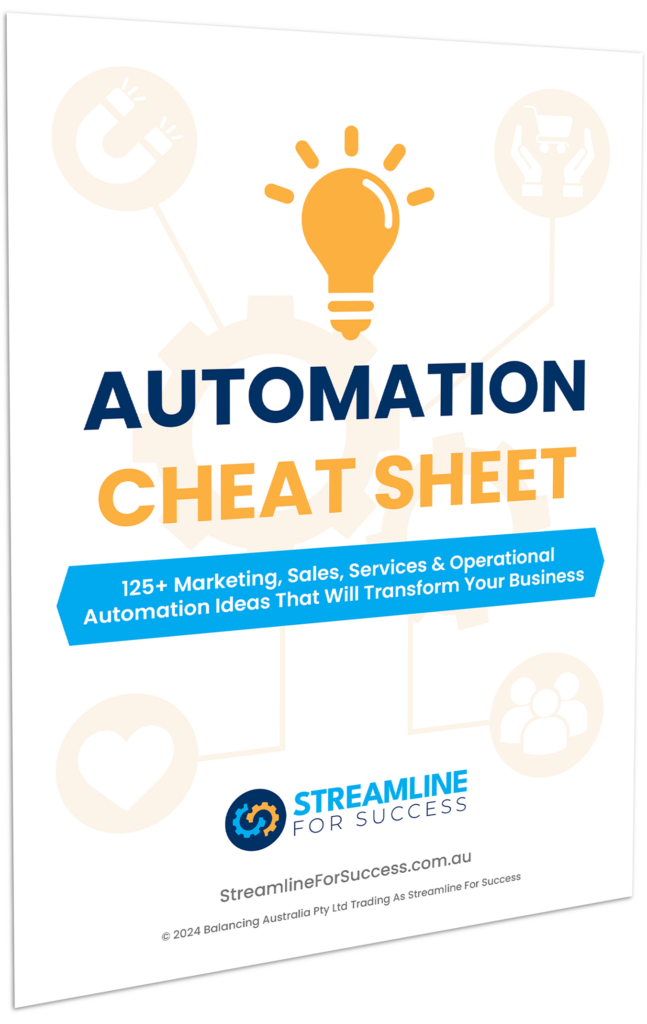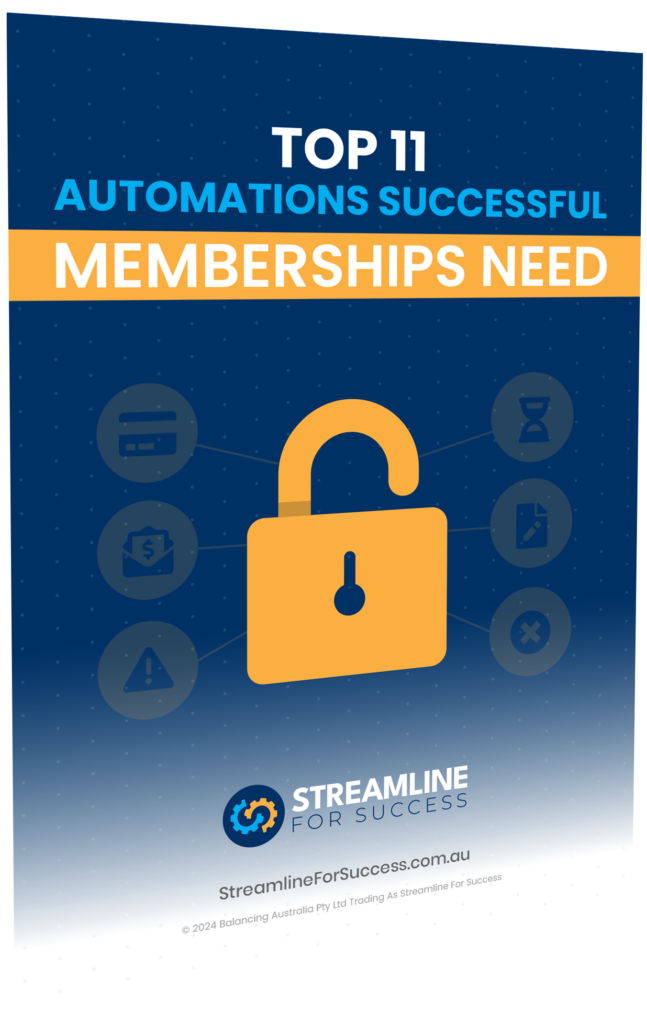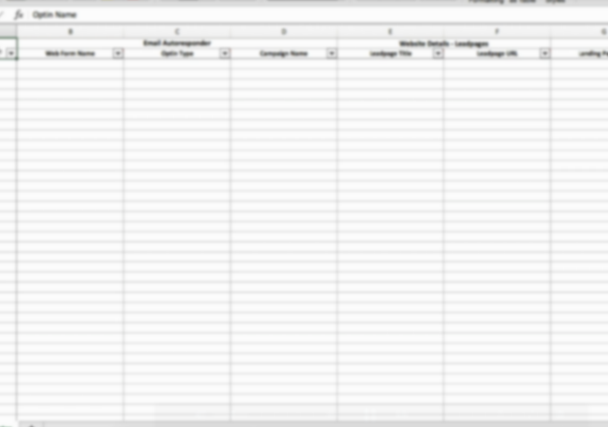This year we have been working with a range of clients in the coaching and speaking space to launch some pretty awesome funnels.
Typically these marketing funnels have focused on three key goals – free optin, another free offer and then sale of their core product. This main offer has been in the form of low to medium cost item, for example an online course, coaching program or event.
Our focus is on helping client build out their funnels and we wanted to share what some of the best clients are doing, what’s working and these key lessons to what’s helping them achieve terrific results so you too can benefit.
Marketing Funnel Lessons
Have Clear Goals
What specific goals do you want your funnel to achieve? Is it 5 new one-one coaching clients, is it 100 registered into a paid event, or 50 sign ups for an online program? What timeframe do you want to achieve that?
It’s important to have this set BEFORE the start, to allow you to determine whether this is possible and what actions you may need to take to make this happen.
Funnel Metrics
So you know what you want to do, what are the key steps in your funnel and what do we need to setup to measure if your funnel is working or not? How will you know if you’re on track to achieving your goals?
We work with clients to ensure that their funnels are setup in a way that they can actually see how many contacts are moving through each stage and what actions prospects are taking. This allows us to identify where the potential issues or opportunities are to ensure that you can hit your goal or even better achieve greater results.
If you’re setting up a funnel or want to take your tracking to the next level, I highly recommend you check out Graphly, this includes some amazing tools, PLUS and more importantly for your funnel, it can track your conversions through each stage of a funnel.
Put The Numbers Through
It’s awesome to be able to track how your funnel is performing, however if you’re only putting 30 people through, statisticians out there would say that isn’t statistically sound data to determine probability of those results.
You really need to put some numbers into the funnel to actually understand if it’s doing well or not. (Of course if you’re achieving your goal, you may not need to worry about it, but it might also be time for you to stretch your goal if you’re comfortably hitting your targets).
To add numbers to your funnel, this can be done a variety of ways. Three key methods include sending out to your existing list, running ads to your free offer or getting your affiliates to send to their lists.
If you’re investing time, money and energy to get a funnel setup, you want to make sure that you’ve got the volume you need to achieve the goals that you want to achieve.
When To Step In
Tracking is important, but it’s also critical that you closely monitor your funnel and take the necessary action to ensure you achieve your goals.
If you’ve got 4000 people viewing a page but not signing up to the first offer, then you have an issue. Whether it is the audience you’re sending the offer to isn’t a match, the advertisement isn’t right for the offer, the copy is terrible or even worse the optin isn’t integrated and isn’t capturing details.
Being clear about your goals and monitoring your conversions, you should start to get an idea of how many people you need in each stage of your funnel.
Let’s say you have a goal of 10 new coaching clients. 1000 people sign up for an optin and only 10% (100) move to the next free step. You would then need to convert 10% of those to meet your new client goal of 10. That may or may not be achievable, but at least by having visibility of these numbers will allow you to determine if you need to boost numbers to the funnel or make improvements within the funnel to generate higher conversions.
Be Patient
Many funnels focus on the strategy of adding value at the start of the funnel before an offer is made. Please keep this in mind that you need to be patient, particularly when launching a new funnel. You may be freaking out that no one has signed up at day two for example, however in fact, they don’t see an offer until day 4from the time that they actually signed up for the first free optin.
Be patient and give your funnel time to work and get the numbers through before making adjustments.
Review Your Funnel
A number of clients drive traffic to a funnel for a set period of time and then the offer is closed or you’re no longer actively promoting that offer. We strongly encourage businesses to not only monitor during the active promotion of a funnel, but also reflect once it’s finished. Consider what worked well, what didn’t work and what are the opportunities for next time.
Please remember if you run the same funnel again (of course if it did work!) and to help to have comparable results why not keep the same structure and just make some adjustments to it?
For example, change the front end offer, adjust the second free offer offer the same core product/service. Or if you’re running a 3 part video series and it worked, why not keep the structure and change the video content and theme for this launch? Of course there is a time for a new funnel and you won’t want to bore your audience, but you also want to make sure that you’re getting the volume and traction on what you know works. It’s costly to try something new if a new marketing funnel doesn’t work, can you afford that?
Bonus Tip: Test!
Test it! Make sure everything works before going live! We didn’t include this one in the list above as we do thorough testing, however if you’re building this yourself, we strongly encourage you to test. It would be better for it to not work for you, than not work for a new prospect on your list.
If you want some assistance getting your next funnel live, contact us here. We have a number of proven campaigns that our clients are using to fill their programs and we have different packages available that you can tap into these marketing funnels.
